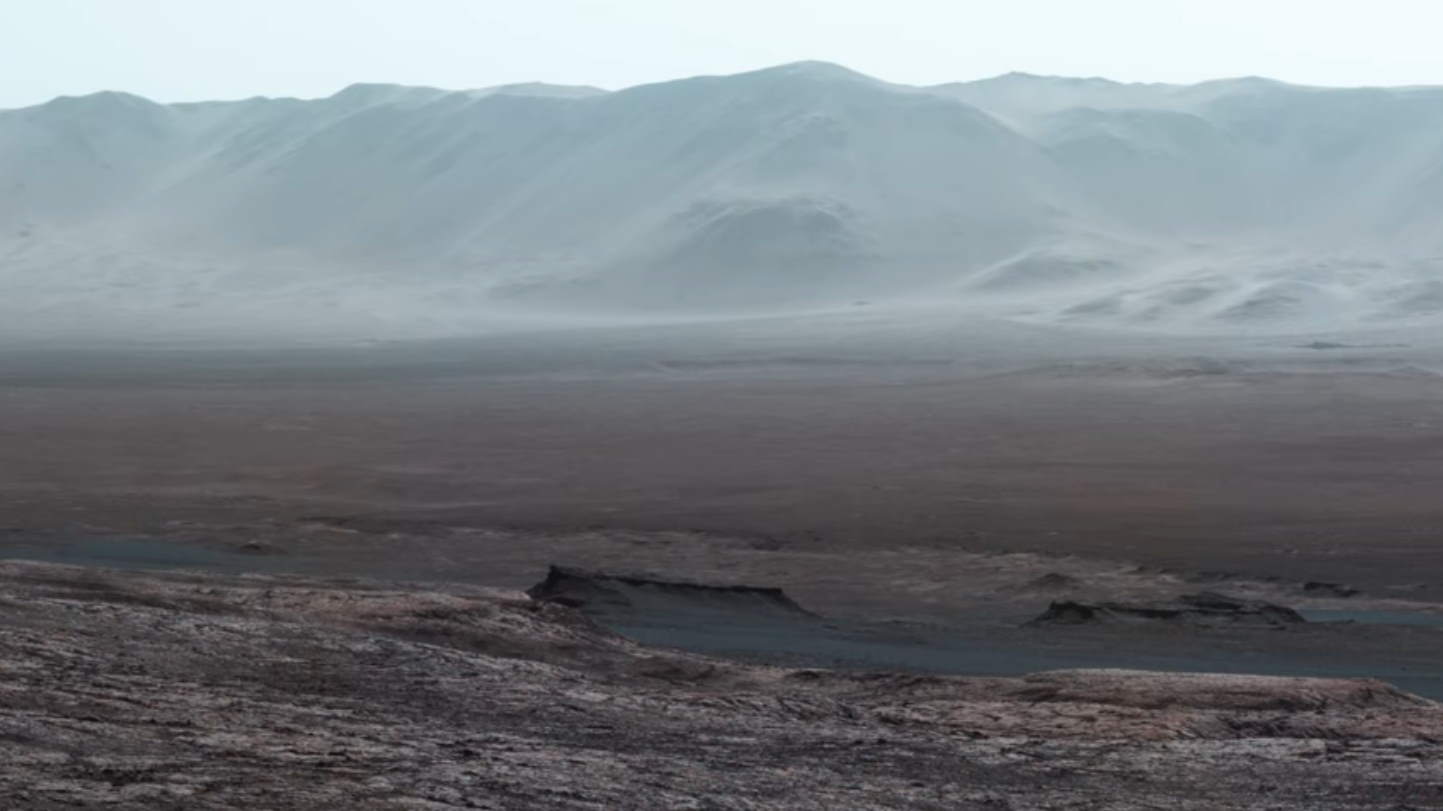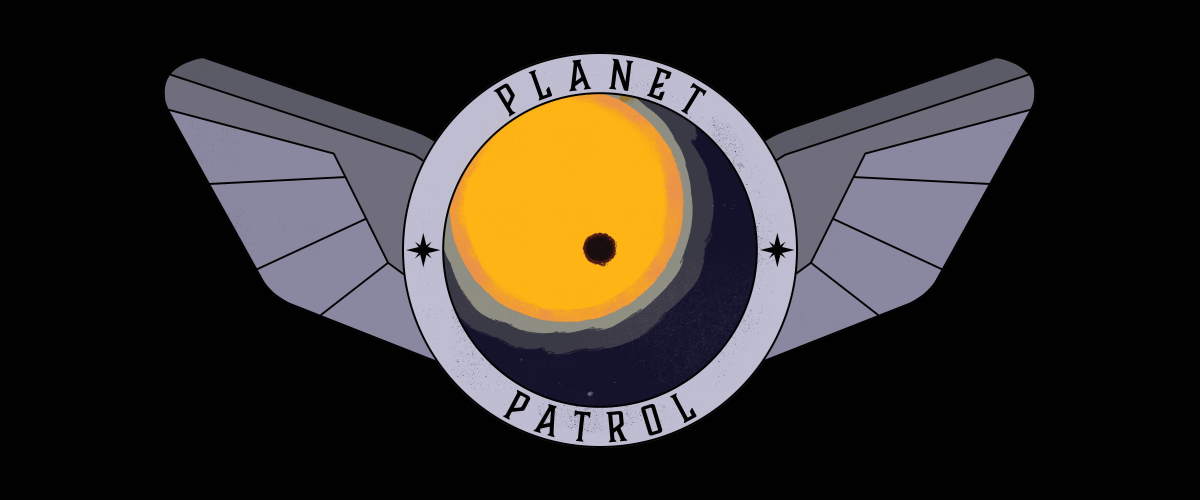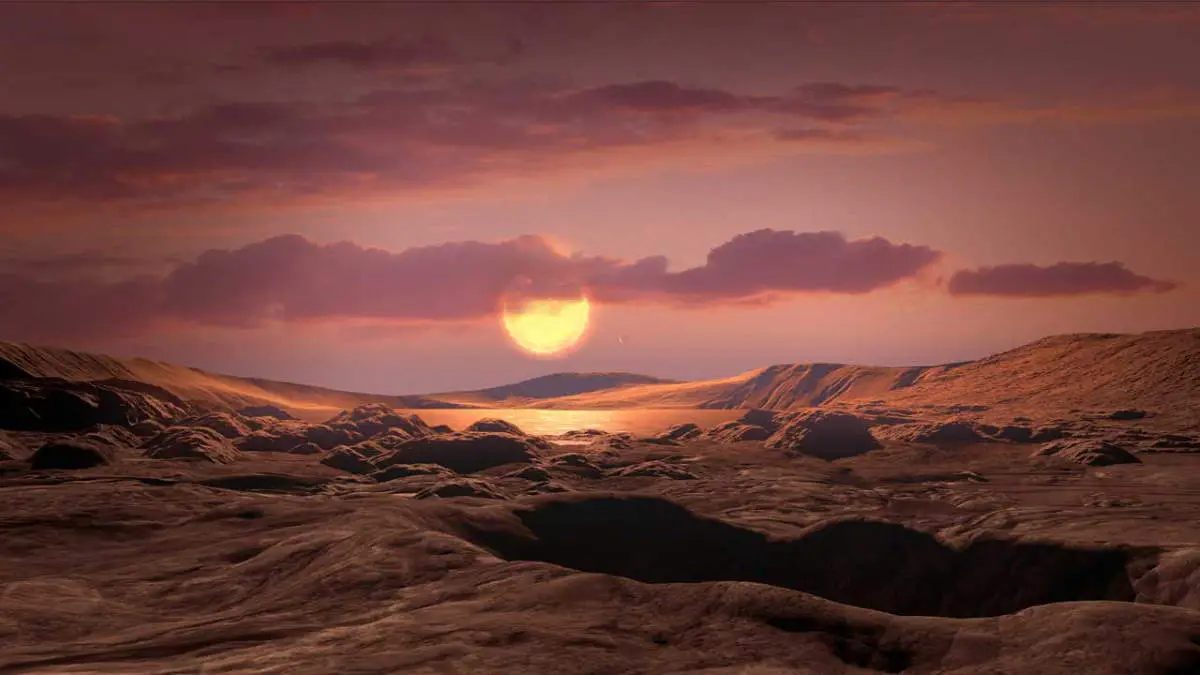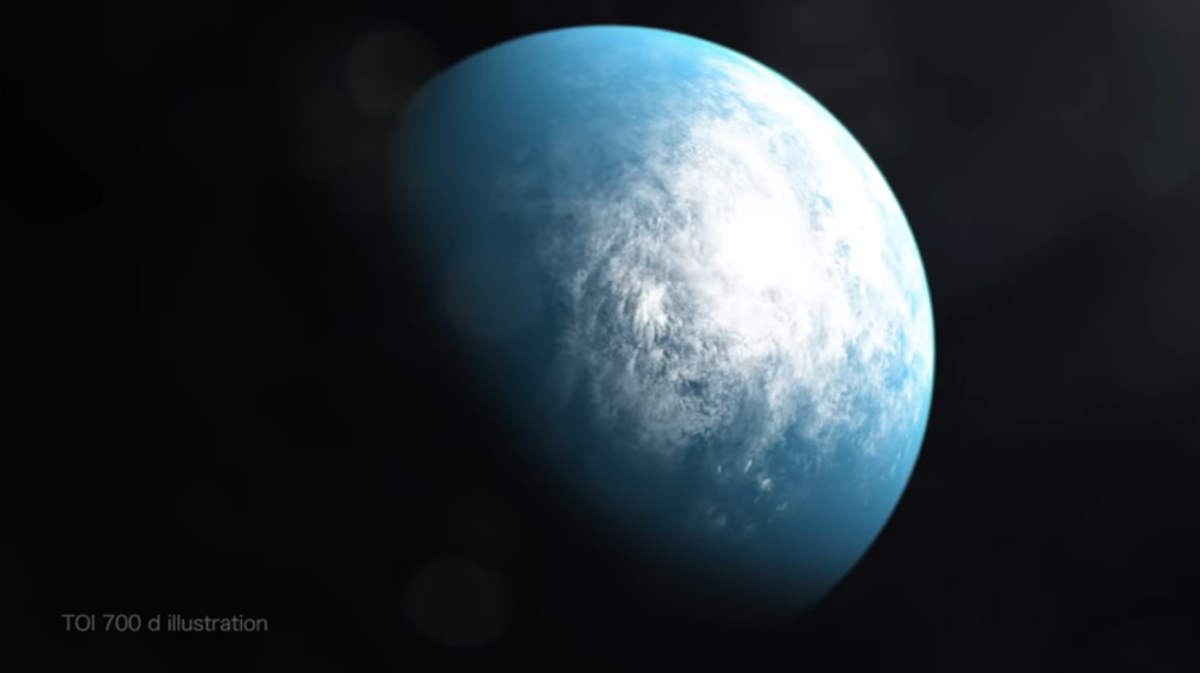A car-sized rover touching down on another planet! NASA has published an amazing photo of the Perseverance Rover touchdown on Mars. For the first time in history, we have a photo of a rover’s touchdown on another planetary body.


A car-sized rover touching down on another planet! NASA has published an amazing photo of the Perseverance Rover touchdown on Mars. For the first time in history, we have a photo of a rover’s touchdown on another planetary body.

In our continuing search for other life in the universe, one place has always looked promising – Mars. It is a rocky planet like Earth, orbiting the same star, and at a distance where water could have been present on the planet.

It took evolution 3 or 4 billion years to produce humans. If the climate had completely failed just once in that time then evolution would have come to a crashing halt and we would not be here now. So to understand how we came to exist on planet Earth, we’ll need to know how Earth managed to stay fit for life for billions of years.

NASA announced a new citizen science project called “Planet Patrol” which lets the volunteers help to find exoplanets using TESS Space Telescope (Transiting Exoplanet Survey Satellite) data. It is similar to another NASA citizen science project, “Backyard Worlds”, where volunteers or the “citizen scientists” are checking telescope images the same way the American astronomer Clyde Tombaugh (February 4, 1906 – January 17, 1997) found Pluto, the original “Planet 9” in 1930. In this case, volunteers will collaborate with professional astronomers as they sort through a stockpile of star-studded images collected by NASA’s TESS Space Telescope (Transiting Exoplanet Survey Satellite).

Back in 2018, using the onboard radar instrument MARSIS (Mars Advanced Radar for Subsurface and Ionosphere Sounding), European Space Agency’s Mars Express orbiter discovered an underground reservoir that is buried about 1.5 km (0.93 mi) under the ice. Now, in September 2020, scientists analyzing Mars Express data have discovered three more subglacial lakes on Mars or pools of liquid water buried under the ice in the south polar region of the red planet. Could they be an oasis for microbial life?

Life on Venus? Astronomers have detected the first sign of life in the deadly clouds of Venus. They found phosphine which displays a strong signature of life. If we can detect life itself soon, this might be the most exciting news in history.

On June 25, Friday, SETI Institute CEO Bill Diamond held an AMA (Ask Me Anything) on the popular social news aggregation and web content rating website Reddit. Here are some interesting questions and Bill Diamond’s answer to them.

A new Earth-sized planet named Kepler-1649c orbiting its star in the habitable zone has been detected by a team of scientists, using reanalyzed data from NASA’s Kepler space telescope, NASA has announced.

Exciting news! NASA’s planet-hunter TESS Space Telescope (Transiting Exoplanet Survey Satellite) has discovered its first Earth-sized exoplanet in its star’s habitable zone. The discovery was announced by NASA on January 7, 2020. The planet is named “TOI 700 d”.
Using NASA’s Spitzer Space Telescope, astronomers confirmed the discovery and have modeled the planet’s potential environments to help inform future observations.

Earth’s atmosphere is leaking: around 90 tonnes of material escapes and streams out into space from our planet’s upper atmosphere every single day.
To understand this escape, NASA launches rockets into space. The space agency also sends scientists to a tiny Arctic town named Ny-Ålesund (English: New Alesund) on the island of Spitsbergen in Svalbard, Norway. Because understanding this atmospheric escape on Earth can benefit us in many ways – from predicting which exoplanets might be habitable, to piecing together how Mars became the desolate, exposed planet it is today.